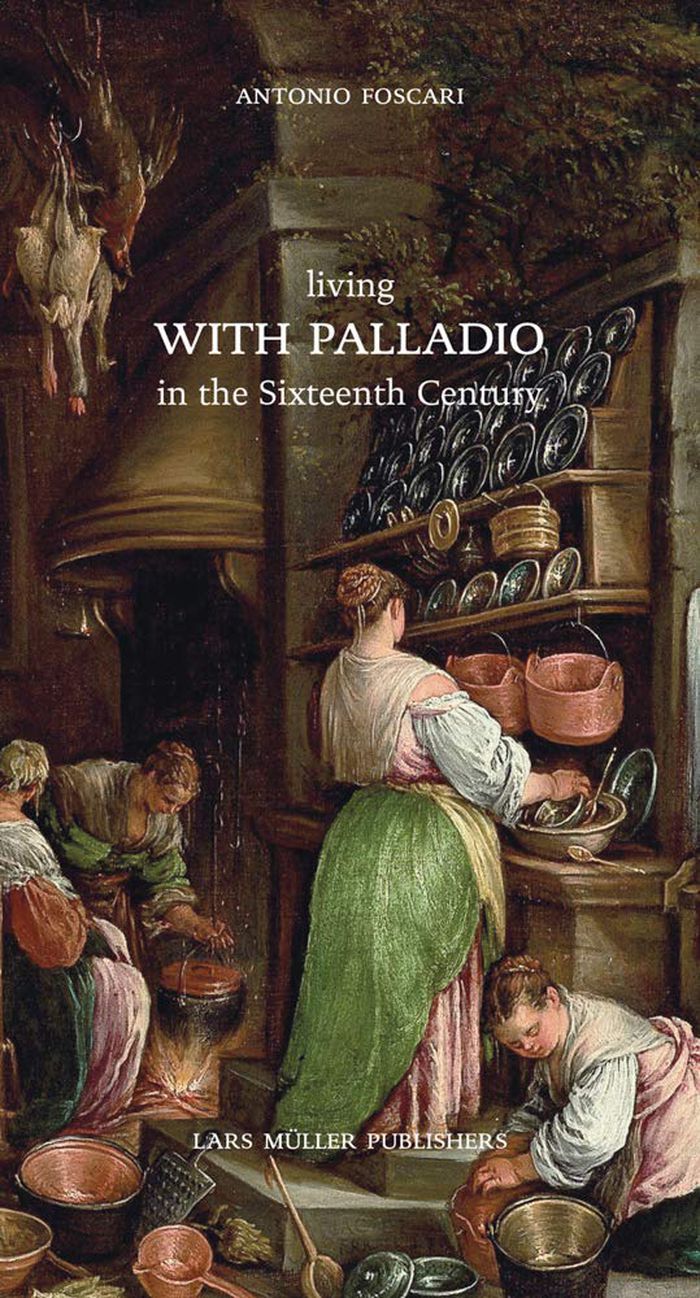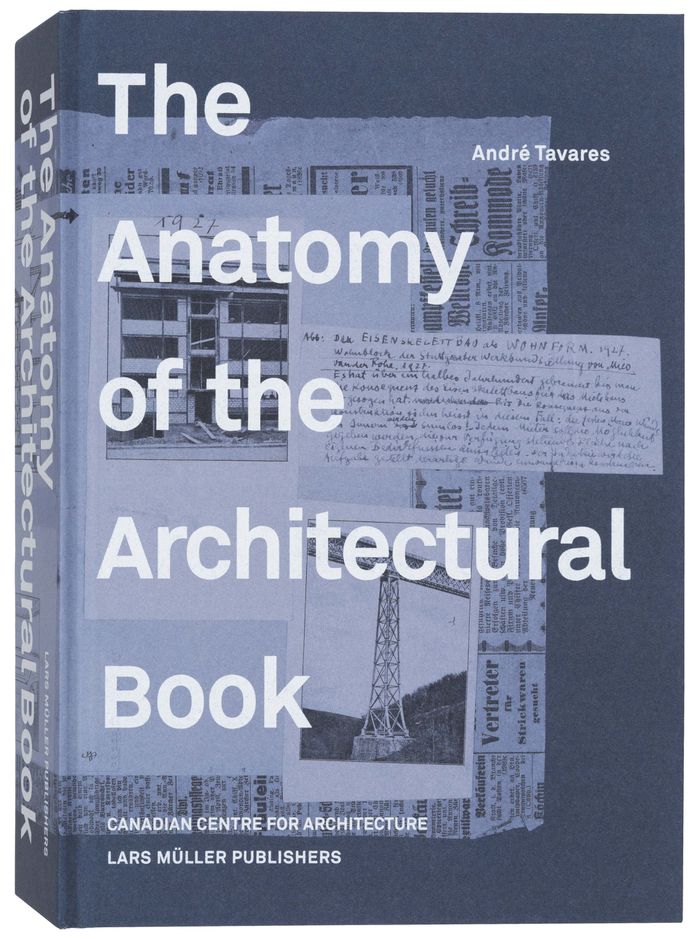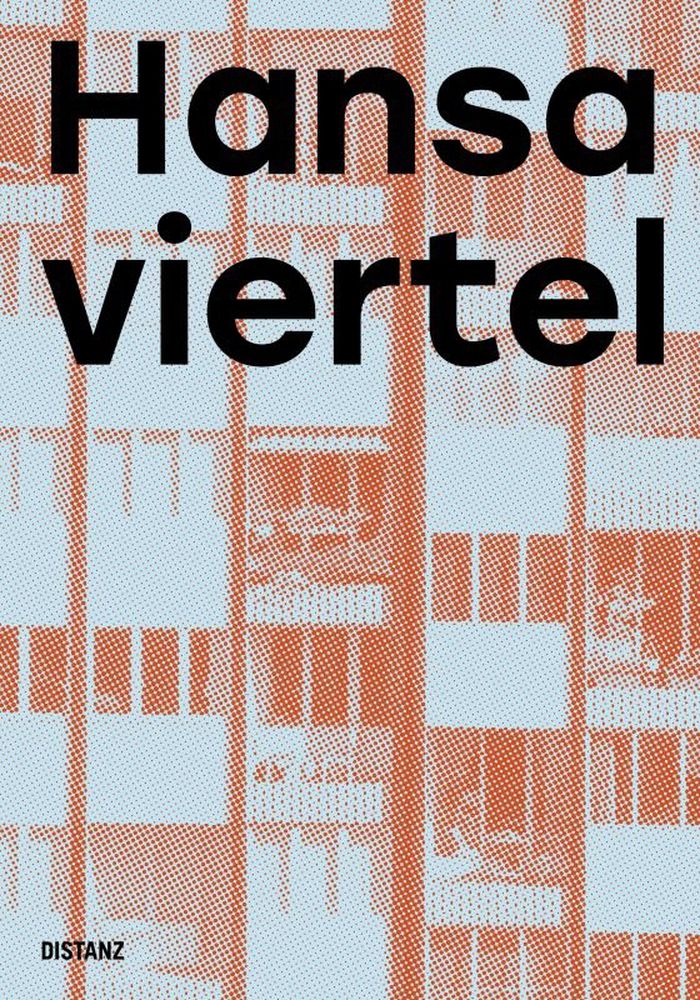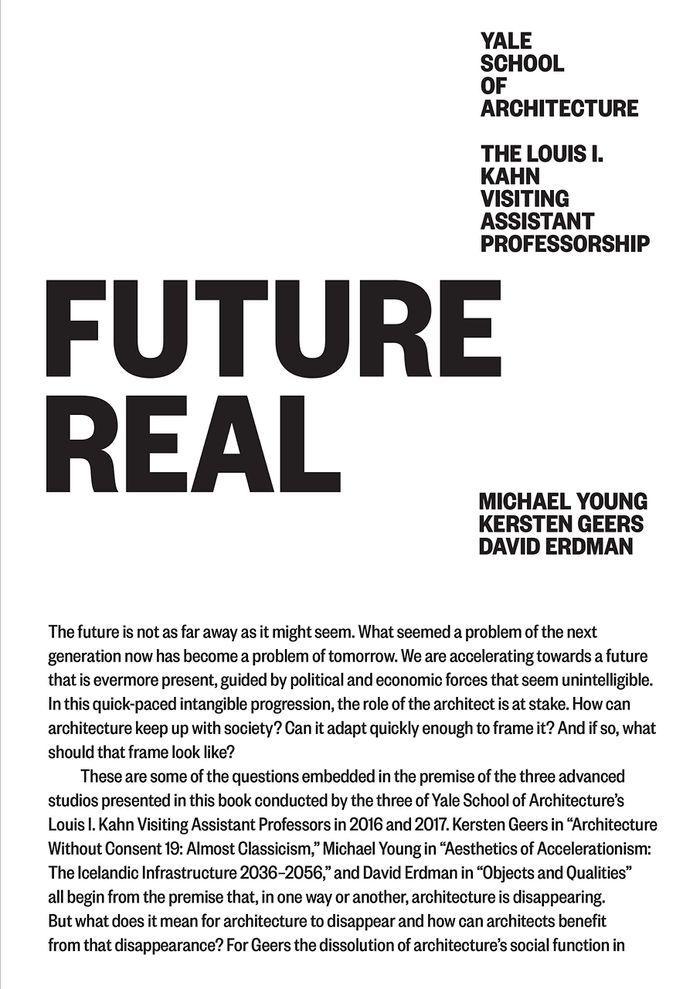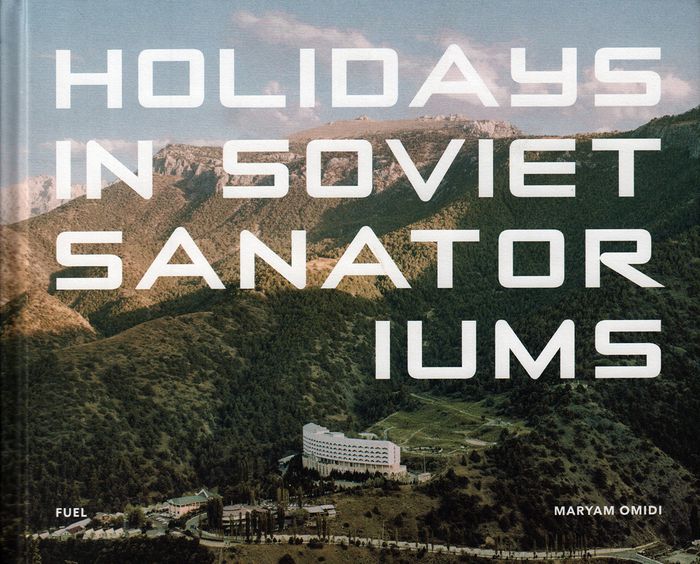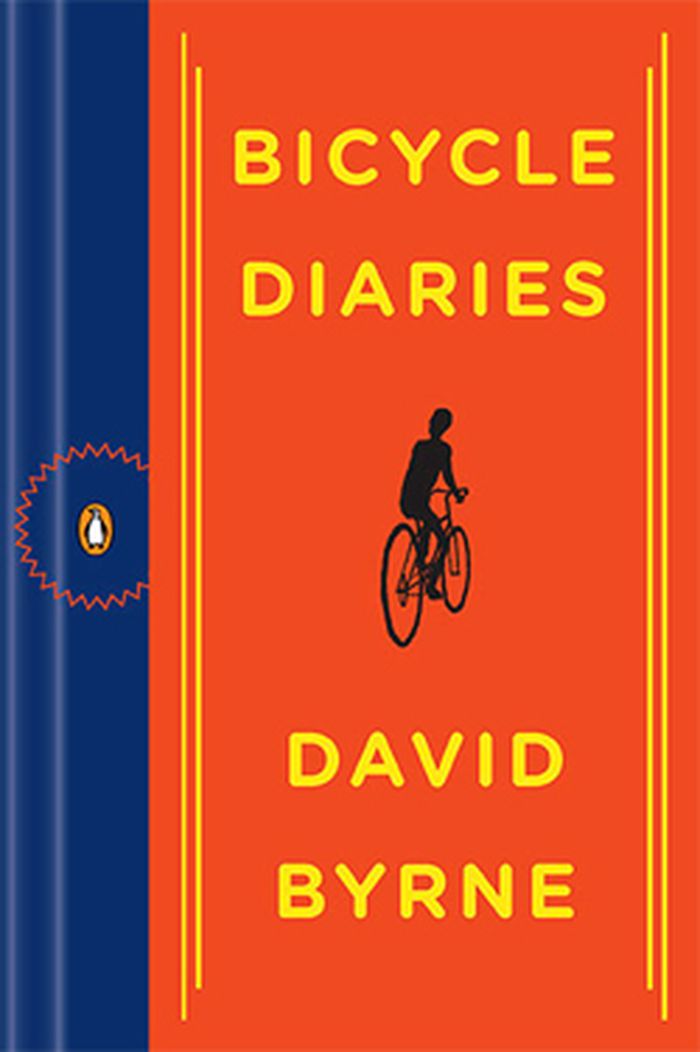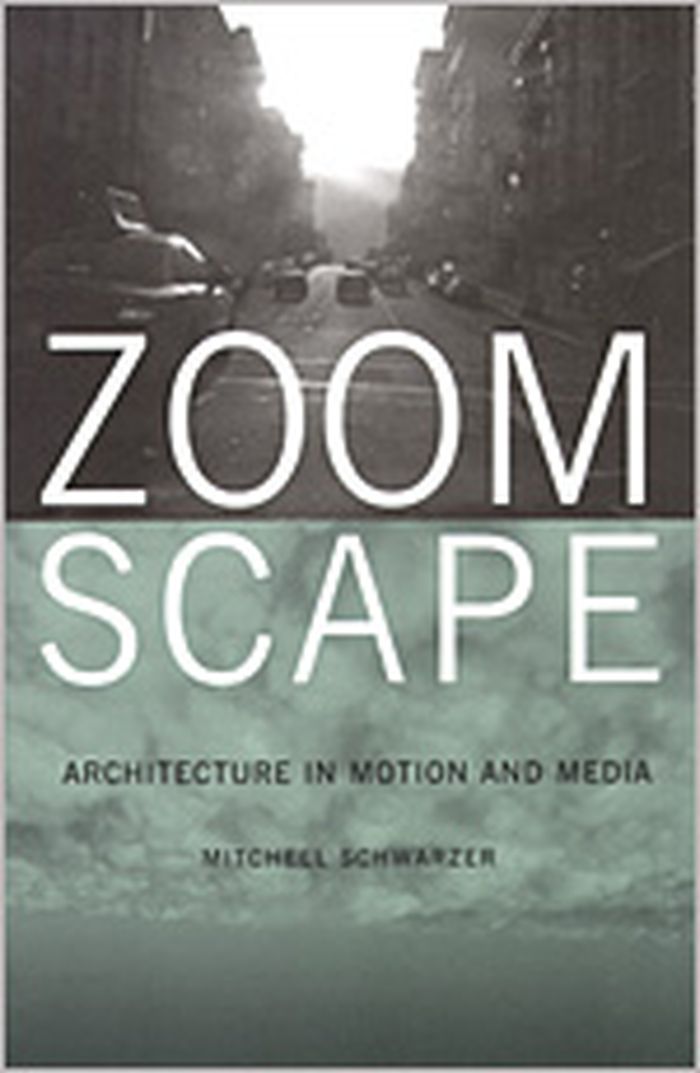$39.00
(disponible sur commande)
Résumé:
Visiting the villas of Renaissance architect Andrea Palladio (1508-80), one inevitably asks oneself how people actually occupied them. Palladio conceived his villas as ''small towns'' (piccole città) that formed a single unit with adjacent service buildings and farm fields. Within their walls lived people of all ages, social backgrounds and skills. These buildings were(...)
Living with Palladio in the sixteenth century
Actions:
Prix:
$39.00
(disponible sur commande)
Résumé:
Visiting the villas of Renaissance architect Andrea Palladio (1508-80), one inevitably asks oneself how people actually occupied them. Palladio conceived his villas as ''small towns'' (piccole città) that formed a single unit with adjacent service buildings and farm fields. Within their walls lived people of all ages, social backgrounds and skills. These buildings were the venue for significant moments of public life, and the principles of hygiene, privacy and comfort, which we consider so defining and essential today, did not apply- in a sense furniture as such did not exist. ''Living with Palladio in the sixteenth century'' investigates how Palladio’s houses, their floors, rooms and measurements, were designed to structure the life of such a heterogeneous family of people. It analyses their hierarchical structure with the owner (padrone) at the top and everyone involved in the everyday running of the household (famiglia minuta) at the bottom. This book fills a decisive gap in research literature on the famous Italian architect by looking at how Palladio prioritized the domestic functions of his private buildings.
Architecture, monographies
$49.00
(disponible sur commande)
Résumé:
The Anatomy of the Architectural Book examines the relationships between book culture and building culture, making visible the axes along which architectural knowledge circulates through books into buildings and back. Using five conceptual tools—texture, surface, rhythm, structure, and scale—Tavares analyzes the material qualities of a wide range of books in order to(...)
mars 2016
The anatomy of the architectural book
Actions:
Prix:
$49.00
(disponible sur commande)
Résumé:
The Anatomy of the Architectural Book examines the relationships between book culture and building culture, making visible the axes along which architectural knowledge circulates through books into buildings and back. Using five conceptual tools—texture, surface, rhythm, structure, and scale—Tavares analyzes the material qualities of a wide range of books in order to assess these dynamics and intersections. This investigation confronts us with the rise of the industrialized book, and thus of the editor as an important intermediary between the author and the printer, as well as with the configuration of the book as a unique visual device (with the designer taking part in a progressively more complex chain of decision-making). Richly illustrated with samples from the CCA library, the volume discusses work by authors including William Morris, Gottfried Semper, El Lissitzky, Le Corbusier, and Frank Lloyd Wright, among others. A large portion of the research for the book was undertaken while Tavares was a Visiting Scholar at the CCA. It is co-published in English by Lars Müller Publishers and in Portuguese by Dafne Editora.
livres
The millenium house
$7.99
(disponible sur commande)
Résumé:
In the academic year 2000-2001, Yale professor and New York City based architect Peggy Deamer led two innovative courses: first, a focused seminar on the state of contemporary residential design; second, a creative studio offering house designs that drew on the discoveries of the seminar. This book, the second in a series documenting work at the Yale School of(...)
mai 2003, New York
The millenium house
Actions:
Prix:
$7.99
(disponible sur commande)
Résumé:
In the academic year 2000-2001, Yale professor and New York City based architect Peggy Deamer led two innovative courses: first, a focused seminar on the state of contemporary residential design; second, a creative studio offering house designs that drew on the discoveries of the seminar. This book, the second in a series documenting work at the Yale School of Architecture, combines work from both courses in a thoughtful and provocative study of the state of the house at the turn of the millennium. Deamer introduces the volume with an essay on three issues vital to a discussion of millennial design: newness, uniqueness, and design innovation. Designs of visiting seminar critics -- Steven Holl, Elizabeth Diller and Ricardo Scofidio, William McDonough, LOT/EK, Winy Maas, and Jacques Herzog -- are showcased along with descriptive and analytical texts. Work from the studio course is divided into various themes explored by the students: image, standardization and modularity, networks and diagrams. The hybrid quality of this volume -- designs by practicing architects and students; observation and interpretation -- reflects debates and issues at the heart of early-twenty-first-century architecture.
livres
mai 2003, New York
Hansaviertel portraits
$65.00
(disponible sur commande)
Résumé:
A former debris-strewn wasteland in the inner city—some 300 out of 343 residential buildings were destroyed during the Second World War—the Hansaviertel is one of the most defining architecture projects of the postwar period in Berlin. In 1952, an international ideas competition was held under the title die stadt von morgen (the city of tomorrow); more than fifty(...)
Hansaviertel portraits
Actions:
Prix:
$65.00
(disponible sur commande)
Résumé:
A former debris-strewn wasteland in the inner city—some 300 out of 343 residential buildings were destroyed during the Second World War—the Hansaviertel is one of the most defining architecture projects of the postwar period in Berlin. In 1952, an international ideas competition was held under the title die stadt von morgen (the city of tomorrow); more than fifty architects presented plans for the rebuilding of West Berlin, including leading practitioners of Western modernist architecture like Alvar Aalto, Werner Düttmann, Egon Eiermann, Walter Gropius, Arne Jacobsen, Oscar Niemeyer, and Max Taut. Construction based on their designs in the redevelopment area began in 1956. The result was a neighborhood designed for people and their needs—largely without predetermined paths, with lots of greenery, flexible floor plans, space for small businesses, and facilities for everyday needs. Visiting the area and its people today, one can still feel the designers’ visionary resolve to establish new ways of residential living. Locals are united by their fascination with architecture and design and their love for their neighborhood, which over the decades has developed an authentic patina and now stands as witness to a key chapter in the city’s more recent history.
$47.95
(disponible sur commande)
Résumé:
The future is not as far away as it might seem. What seemed a problem of the next generation now has become a problem of tomorrow. We are accelerating towards a future that is evermore present, guided by political and economic forces that seem unintelligible. Is this quick-paced intangible progression, the role of the architect is at stake. How can architecture keep up(...)
Théorie de l’architecture
juin 2018
Future Real: Kersten Geers, Michael Young, David Erdman
Actions:
Prix:
$47.95
(disponible sur commande)
Résumé:
The future is not as far away as it might seem. What seemed a problem of the next generation now has become a problem of tomorrow. We are accelerating towards a future that is evermore present, guided by political and economic forces that seem unintelligible. Is this quick-paced intangible progression, the role of the architect is at stake. How can architecture keep up with society? Can it adapt quickly enough to frame it? And is so, what should that frame look like? These are some of the questions embedded in the premise of the three advanced studios presented in this book conducted by the three of Yale School of Architecture's Louis I. Kahn Visiting Assistant Professors in 2016 and 2017. Michael Young investigates the past from the future in "Aesthetics of Accelerationism: The Icelandic Infrastructure 2036-2056." Kersten Geers analyzes visions for agricultural ensembles for communal living in "Architecture Without Consent 19: Almost Classicism." And David Erdman looks to the potential of building on top of housing estates in Hong Kong in "Objects and Qualities." The book features interviews with the professors and essays on their specific studio topics.
Théorie de l’architecture
livres
Benthem Crouwel : 1980-2000
$95.95
(disponible en magasin)
Résumé:
The work of Benthem Crouwel Architects is sober, practical and functional - wholly in line with the Dutch tradition of soundness and reliability. At the same time there is wide-spread admiration for the expressive and aesthetic values of the designs, which achieve maximum effect with a minimum of means. This profusely (...)
Architecture, monographies
octobre 1999, Rotterdam
Benthem Crouwel : 1980-2000
Actions:
Prix:
$95.95
(disponible en magasin)
Résumé:
The work of Benthem Crouwel Architects is sober, practical and functional - wholly in line with the Dutch tradition of soundness and reliability. At the same time there is wide-spread admiration for the expressive and aesthetic values of the designs, which achieve maximum effect with a minimum of means. This profusely illustrated publication presents the complete oeuvre spanning twenty years on the basis of five themes. "Living" focuses on the private houses and apartment buildings such as those for Jager, Nieuwland and Soutelande. "Working" gives a picture of such diverse projects as the Amsterdam office for Wagons Lits, the Provincial Hall in Groningen, de Malie Tower in The Hague and the Mors factory in Opmeer. "Shopping" describes recent projects in Leidschendam, Amsterdam Zuid-Oost and Schiphol. "Travelling" likewise features various projects for Schiphol, supplemented with proposals for Amsterdam's North/South underground line and Lelystad airport. Finally in "Visiting" we encounter the firm's many recreational and museological projects such as the popcluster 013 in Tilburg, new major spaces for the RAI and Ahoy' complexes, the so-called cultural strip in Amstelveen, and the Anne Frank Museum in Amsterdam.
livres
octobre 1999, Rotterdam
Architecture, monographies
livres
CAC : Hadid Studio Yale
$4.99
(disponible sur commande)
Résumé:
In spring 2000, as the Eero Saarinen Visiting Professor at Yale University, Zaha Hadid led an intense studio on the topic of the contemporary art center. Such centers are proliferating across the United States and around the world, yet their architectural form remains abstract and open-ended, subject to continual reinterpretation. Hadid’s studio - one leader, three studio(...)
livres soldés
mai 2002, New York
CAC : Hadid Studio Yale
Actions:
Prix:
$4.99
(disponible sur commande)
Résumé:
In spring 2000, as the Eero Saarinen Visiting Professor at Yale University, Zaha Hadid led an intense studio on the topic of the contemporary art center. Such centers are proliferating across the United States and around the world, yet their architectural form remains abstract and open-ended, subject to continual reinterpretation. Hadid’s studio - one leader, three studio assistants, twelve students, and numerous critics - interpreted the contemporary art center as an invitation to experiment with new forms of public space. Specific contemporary works of art became the programme for a series of radical architectural concepts that expand the space of the art, taking on the scale and materiality of full-scale architectural constructs. The studio - and this volume - was divided into ten segments, addressing such issues as programme analysis, spatialities, system conditions, current contemporary art centers, building types, sites, and linearities. Each segment is represented by original renderings, including computer images. The accompanying text is drawn from transcripts of the studio reviews by the critics: Robert A. M. Stern, dean of the Yale School of Architecture; Terence Riley and Paola Antonelli of the Museum of Modern Art; and architects, critics, and scholars Jeffrey Kipnis, Thomas Krens, Sulan Kolatan, William MacDonald, Fabian Marcaccio, Rebeca Mendez, Paola Sanguinetti, Joseph Giovannini, Marc Cousins, Greg Lynn, and Gail Witwer.
livres
mai 2002, New York
livres soldés
$42.50
(disponible sur commande)
Résumé:
Visiting a Soviet sanatorium is like stepping back in time. Originally built in the 1920s, they afforded workers a place to holiday, courtesy of a state-funded voucher system. At their peak they were visited by millions of citizens across the USSR every year. A combination of medical institution and spa, the era’s sanatoriums are among the most innovative buildings of(...)
Holidays in soviet sanatoriums
Actions:
Prix:
$42.50
(disponible sur commande)
Résumé:
Visiting a Soviet sanatorium is like stepping back in time. Originally built in the 1920s, they afforded workers a place to holiday, courtesy of a state-funded voucher system. At their peak they were visited by millions of citizens across the USSR every year. A combination of medical institution and spa, the era’s sanatoriums are among the most innovative buildings of their time. Although aesthetically diverse, Soviet utopian values permeated every aspect of these structures; Western holidays were perceived as decadent. By contrast, sanatorium breaks were intended to edify and strengthen visitors: health professionals carefully monitored guests throughout their stay, so they could return to work with renewed vigor. Certain sanatoriums became known for their specialist treatments, such as crude-oil baths, radon water douches and stints in underground salt caves. While today some sanatoriums are in critical states of decline, many are still fully operational and continue to offer their Soviet-era treatments to visitors. Using specially commissioned photographs by leading photographers of the post-Soviet territories, and texts by sanatorium expert Maryam Omidi, this book documents over 45 sanatoriums and their unconventional treatments. From Armenia to Uzbekistan, it represents the most comprehensive survey to date of this fascinating and previously overlooked Soviet institution.
Monographies photo
$19.00
(disponible sur commande)
Résumé:
From a renowned musician and visual artist comes "Bicycle Diaries" - part travelogue, part journal, part photo album - a behind-the-handlebars celebration of seeing the world from the seat of a bike. Byrne is fascinated by cities, especially as visited on a trusty fold-up bicycle, and in these random musings over many years while cycling through such places as Sydney,(...)
David Byrne : bicycle diaries
Actions:
Prix:
$19.00
(disponible sur commande)
Résumé:
From a renowned musician and visual artist comes "Bicycle Diaries" - part travelogue, part journal, part photo album - a behind-the-handlebars celebration of seeing the world from the seat of a bike. Byrne is fascinated by cities, especially as visited on a trusty fold-up bicycle, and in these random musings over many years while cycling through such places as Sydney, Australia; Manila, Philippines; San Francisco; or his home of New York, the former Talking Head, artist and author (True Stories) offers his frank views on urban planning, art and postmodern civilization in general. For each city, he focuses on its germane issues, such as the still troublingly clear-cut class system in London, notions of justice and human migration that spring to mind while visiting the Stasi Museum in Berlin, religious iconography in Istanbul, gentrification in Buenos Aires and Imelda Marcos's legacy in Manila. He notes that the condition of the roads reveals much about a city, like the impossibly civilized, pleasant pathways designed just for bikes in Berlin versus the fractured car-mad system of highways in some American cities, giving way to an eerie post apocalyptic landscape (e.g., Detroit). Candid and self-deprecating, Byrne offers a work that is as engaging as it is cerebral and informative
Théorie de l’urbanisme
$41.95
(disponible sur commande)
Résumé:
Although a few among us are intrepid architectural tourists, visiting buildings and landscapes our cameras at the ready, most of us experience architecture through the windshield of a moving vehicle, the architectural experience reduced to a blurry and momentary drive-by. And the rest of our architectural "tourism" is through the images of cameras, movies, and television(...)
mai 2004, New York
Zoomscape : architecture and motion in media
Actions:
Prix:
$41.95
(disponible sur commande)
Résumé:
Although a few among us are intrepid architectural tourists, visiting buildings and landscapes our cameras at the ready, most of us experience architecture through the windshield of a moving vehicle, the architectural experience reduced to a blurry and momentary drive-by. And the rest of our architectural "tourism" is through the images of cameras, movies, and television programs—that is, through the lens of another's eye. Architectural historian Mitchell Schwarzer calls this new mediated architectural experience the "zoomscape." In this thought-provoking book, he argues that the perception of architecture has been fundamentally altered by the technologies of transportation and the camera - we now look at buildings, neighborhoods, cities, and even entire continents as we ride in trains, cars, and planes, and/or as we view photographs, movies, and television. "Zoomscape" shows how we now perceive buildings and places at high speeds, across great distances, through edited and multiple reproductions. Nowadays, our views of the architectural landscape are modulated by the accelerator pedal and the remote control, by studio production techniques and airplane flight paths. Using examples from high art and popular culture - from the novels of Don DeLillo to the opening credits of "The Sopranos" - Mitchell Schwarzer shows that the zoomscape has brought about unprecedented and often marvelous new ways of perceiving the built environment.
